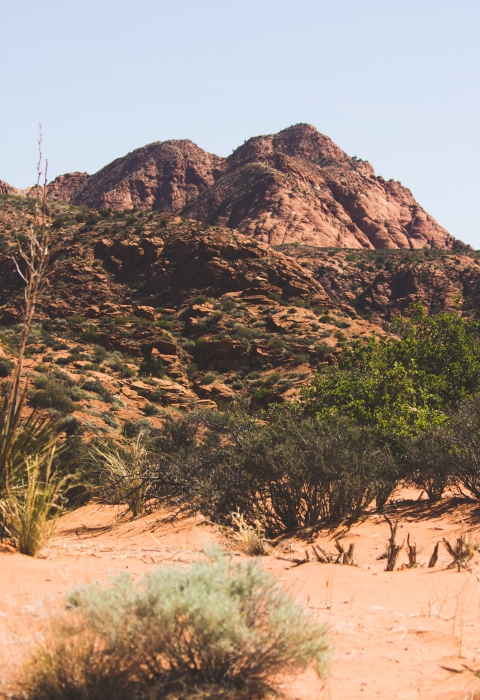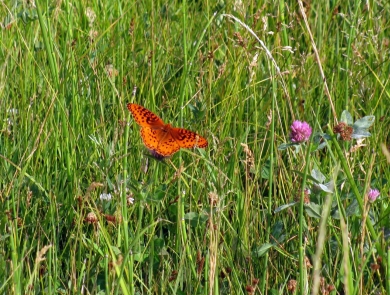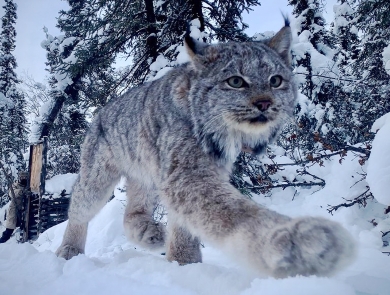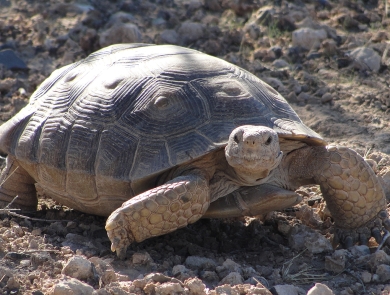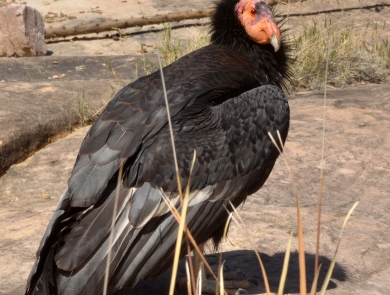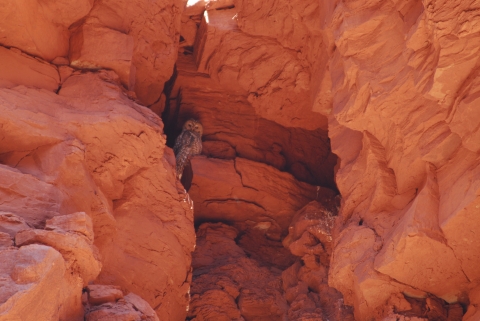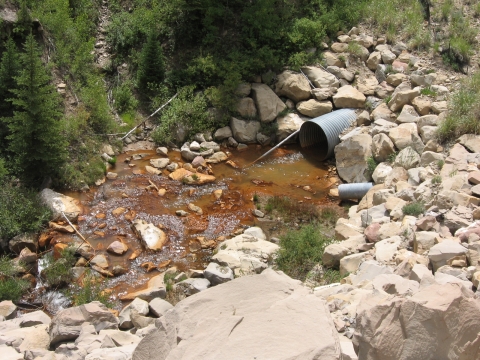About Us
From the red-rock desert of the south to the Wasatch mountains in the north, Utah is a large and geographically diverse state comprising almost 85,000 square miles. There are 44 threatened or endangered species in Utah, such as the Mojave desert tortoise, Utah prairie dog, Gunnison sage grouse, and the San Rafael cactus. Other trust resources include migratory birds and wetlands, many of which are associated with Great Salt Lake’s ecosystem and riparian riparian
Definition of riparian habitat or riparian areas.
Learn more about riparian areas.The Utah Ecological Services Field Office, located near Salt Lake City, is comprised of talented staff working on a variety of different project types with the goal of protecting and conserving Utah's fish and wildlife resources.
What We Do
The Utah Ecological Services Field Office provides biological advice to other federal and state agencies, industry, and members of the public concerning the conservation of fish and wildlife and their habitat that may be affected by development activities statewide. Staff assess the potential effects of projects to migratory birds, endangered species, and other fish and wildlife. In Utah these projects typically include activities such as:
- Agriculture
- Mining
- Utility lines
- Dredge and fill activities
- Dam and reservoir operations
- Oil and gas leasing
- Highway construction
Staff also assess the effects of contaminants on fish and wildlife and make recommendations regarding ways to avoid, minimize, or compensate for harmful impacts on fish and wildlife resources and their habitats. The primary areas of responsibility for the Utah Ecological Services Field Office include contaminant assessments, endangered species, Federal project reviewsand Section 7 consultations, and wetlands conservation.
Our Organization
Our Species
Utah is home to 44 threatened or endangered species, 25 of which are plants. Federally threatened and endangered species within Utah receive research, protection, and consideration from our biologists. Learn more about the species that are the focus of our conservation efforts, Section 7 Section 7
Section 7 Consultation
The Endangered Species Act (ESA) directs all Federal agencies to work to conserve endangered and threatened species and to use their authorities to further the purposes of the Act. Section 7 of the Act, called "Interagency Cooperation," is the mechanism by which Federal agencies ensure the actions they take, including those they fund or authorize, do not jeopardize the existence of any listed species.
Learn more about Section 7 consultation guidance, and related species survey protocols and training opportunities.
Projects and Research
Working with partners to conserve plants and animals is the core of what we do. Our projects and biological research provides invaluable aid and scientific knowledge about protecting the numerous resident and migrant wildlife species. Learn more about some of our efforts, including our Environmental Contaminants Program and Migratory Birds Program. Here, you can find information including our Utah Raptor Guidance as well as state and federal recommendations.
